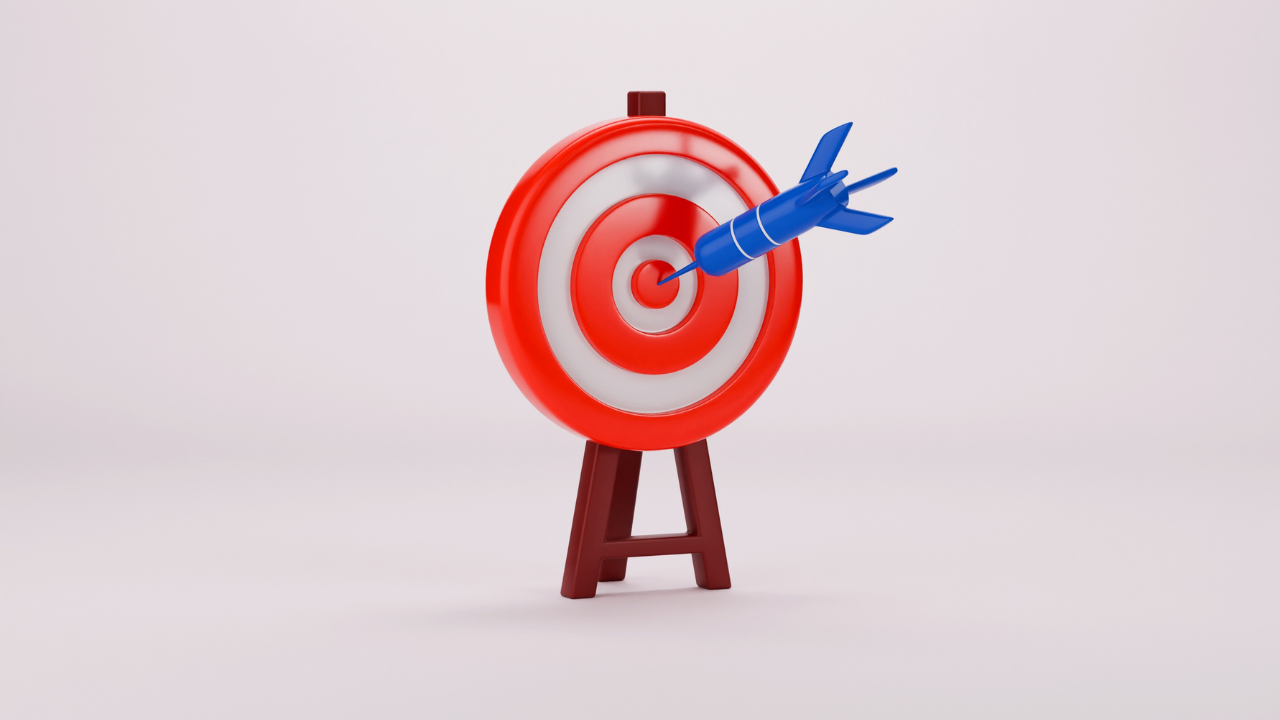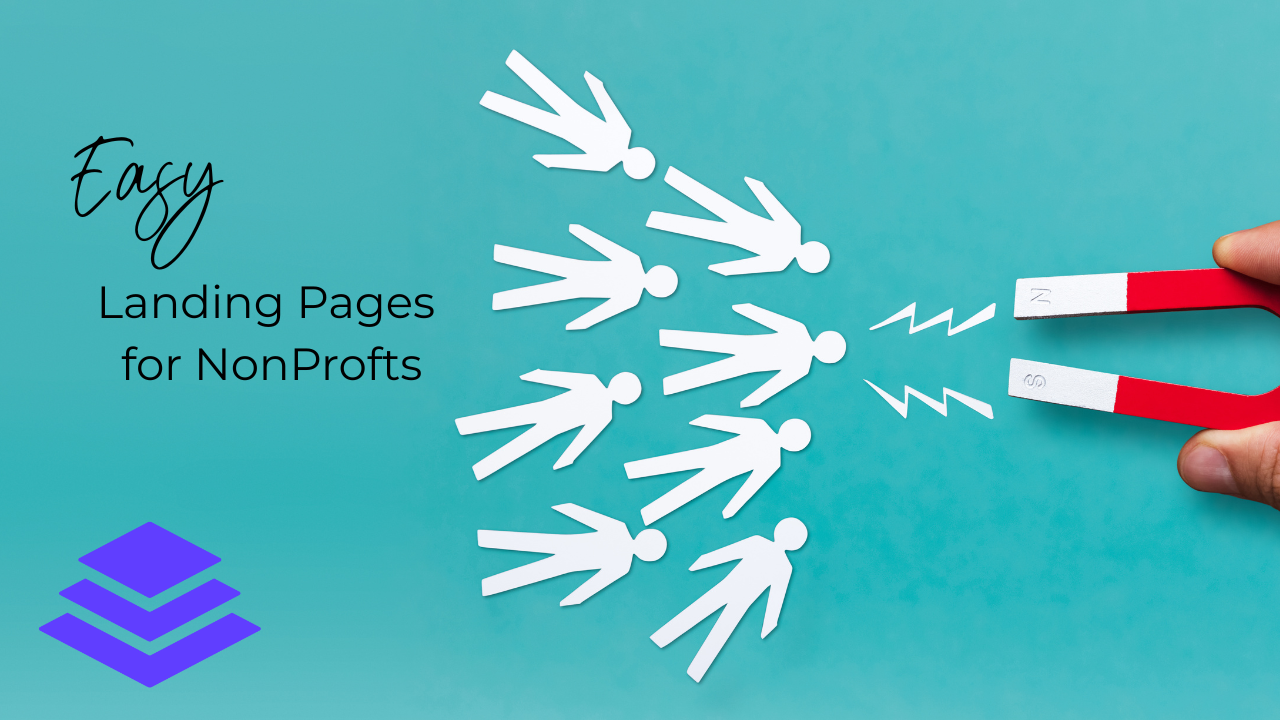Instagram for Not-for-Profits: Understanding the Algorithm
Nov 25, 2021
If you work for a non-for-profit, charity, government or community organisation and you’re trying to figure out how to make your Instagram work for you – this is the article for you. We’re going to step you through the most important elements of the Instagram Algorithm and how it effects non-profit content.
It’s been a BIG month in Instagram-land. They have been dropping truth bombs left right and centre about how their algorithm works and how to best show up in an Instagram search (and therefore build your community).
So what do you need to know as a not-for-profit, social enterprise, cause or community group?
Fact one. ‘The algorithm’ is a misnomer. In fact there are many algorithms applied to your account and other rules all with their own purposes. These ALL work together to create your personal Instagram experience as a user.
Fact two. Feed, Explore, Reels and Stories all have different algorithms that apply, so they all work in different ways. It is not a one-size fits all rule for Instagram.
Here is how Feed algorithms work in broad terms and order of importance:
1. It shows recent posts shared by the people you follow. There are a few exceptions, like ads.
2. Next they take information about what was posted, the people who made those posts, and your preferences. Instagram calls these “signals”, and there are thousands of them.
They include everything from what time a post was shared to whether you’re using a phone, to if you like videos or not.
The most important signals in order are:
- Information about the post. How popular it is and the content itself, from what location, how long it is (for video), etc.
- Information about the person who posted.
- Your activity. This includes things like how many posts you like.
- Your history of interacting with an account. This shows how interested you’re likely to be in that person’s post and if they regularly interact with you or vice versa.
3. From there, the algorithm makes educated guesses at how likely you are to interact with a post in certain ways. They have around a dozen of these fields. In a Feed they most closely look at how likely you are to spend time to like a post, comment, save it or tap on the profile photo.
With the exception that they try to avoid showing too many posts from the same account in a row.
They also reduce content reach if it could jeopardise someone’s safety or if it could potentially be misinformation.
Want to understand more about Instagram? Find out how the Instagram Reels algorithm works and how to create effective content that gets you found?
Make sure you grab your seat for Instagram for Non-Profits Lunch & Learn workshop for just $50.
Or head to our contact us page and book in for a free chat about your social media and we’ll help guide you to a strategy that will work for your organisation.
Get this weekly blog direct to your email!
i will never sell your information, for any reason.











